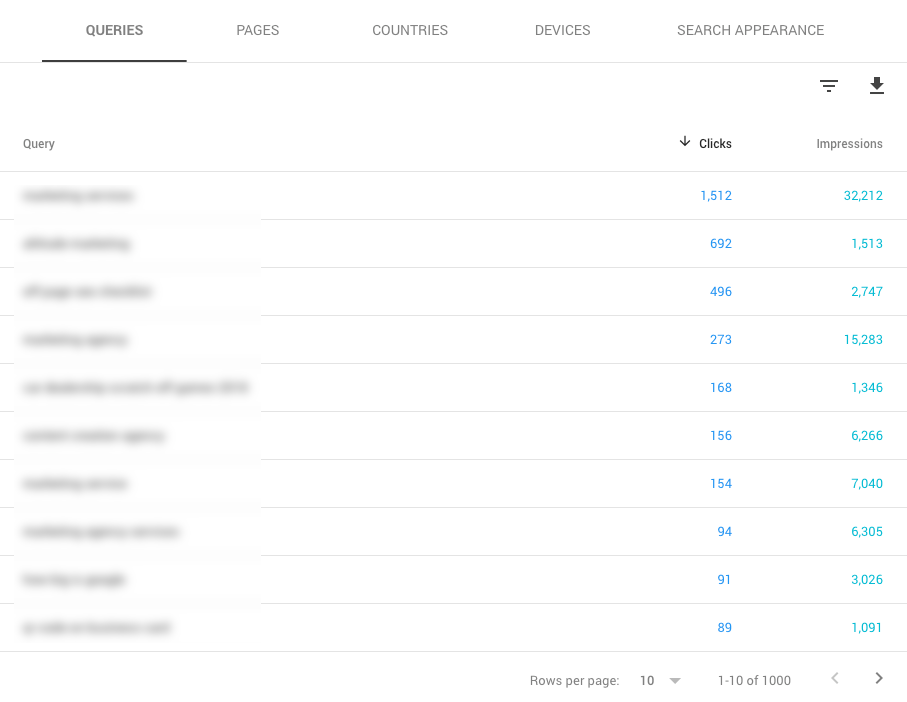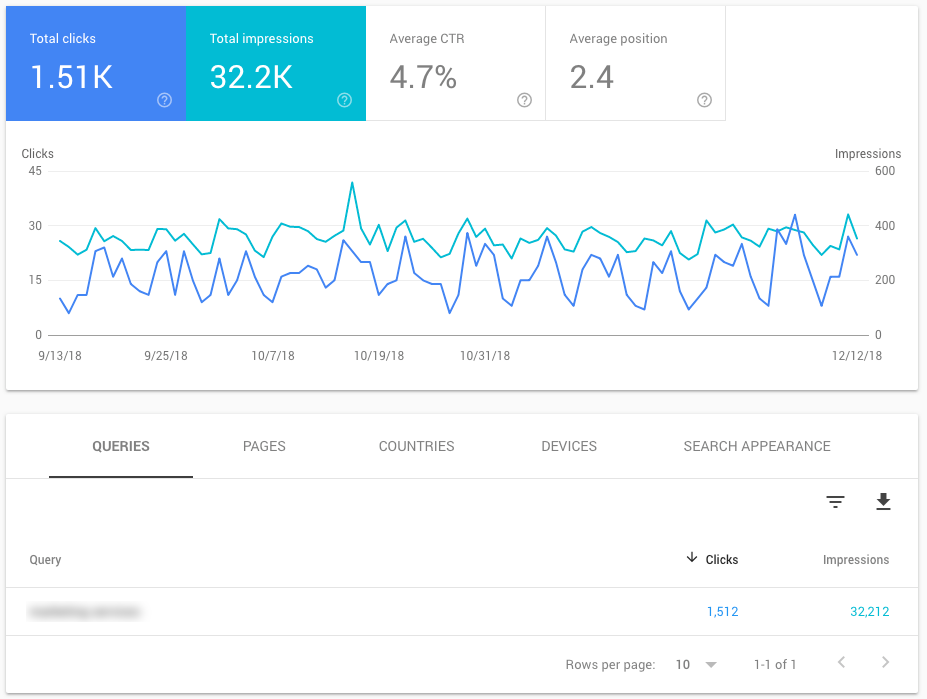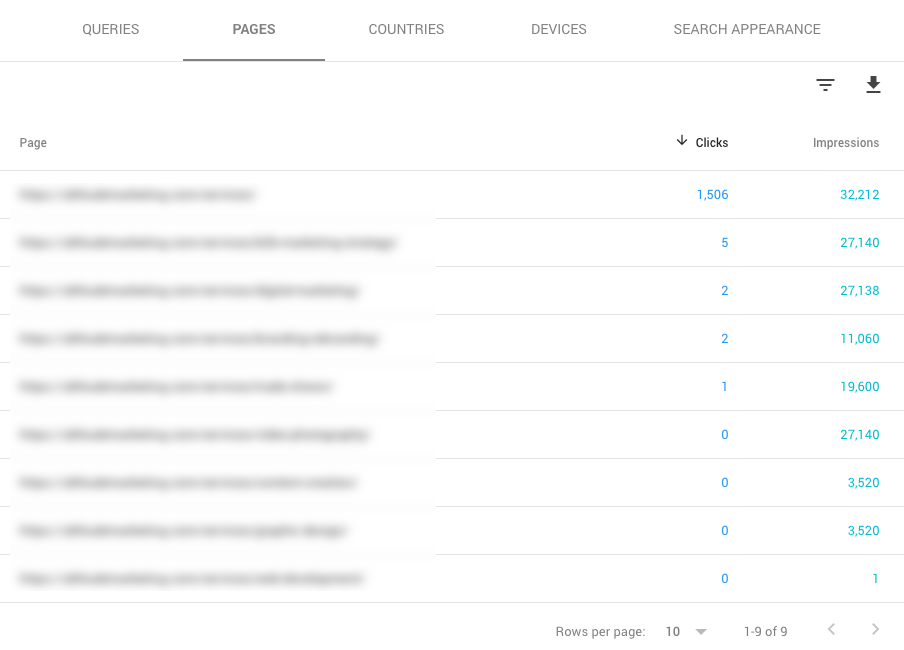Creating high-quality B2B marketing content is the foundation of organic lead generation – a.k.a., what every business-to-business company wants. But where do you begin? In this post, we’ll look at how to conceptualize and create B2B content for lead generation in three simple steps. The best part? We’ll teach you how to write stuff that your prospects actually want to read.
 How to Create B2B Content for Lead Generation
How to Create B2B Content for Lead Generation
- Determine what “high-quality B2B content” actually means
- Identify B2B content ideas
- Write B2B marketing content that converts
Why You’re Here
You want leads. Your boss wants leads. Her boss wants leads. Oh, and the sales team, they always want leads. Everybody in your organization, especially everybody above you, will not shut up about leads. And here’s the thing: They’re not wrong.
High-quality B2B marketing leads are vital to the survival of your business. Want to keep the lights on? Want to keep drawing a paycheck? Good, then you better keep feeding the B2B sales funnel.
Now for the bad news: If you’re a content marketer, marketing manager, marketing director or CMO, it’s your job to generate leads. That’s why your boss is stressed. That’s why your coworkers say things like, “Hey, how are we going to generate more leads?” In fact, the future of your job probably depends on whether or not you can generate leads for your company. It’s also probably why you’re here, reading this.
Want to keep the lights on? Want to keep drawing a paycheck? You better keep feeding the B2B sales funnel.
Now for the good news: You can do this! By producing high-quality content on a regular basis, you can absolutely generate the right kind of leads for your business.
It’s not easy – it requires focus. But it can be figured out. Believe it or not, there are B2B companies out there that generate plenty of leads. Some of them might even be competitors of yours. And they’re able to do it because they followed steps similar to what you’re about to read in this post.
The reason we’re confident this works is because Altitude has helped business-to-business companies do this before. And after helping more than a few successfully generate leads, somebody had the brilliant idea to suggest we try writing down what we were doing. So, we did. Let’s jump in.
Step 1: Determine What “High-quality B2B Content” Actually Means
Let’s get something straight: Most people hate SEO-focused “marketing content.”
It’s true. I’ll prove it right now. Go to Google and copy/paste this phrase into the search bar: How to Create Content that Generates Leads. Next, click on any one of the results you see on the first page. Do you want to read it?
Of course you don’t!
You know what’s even funnier? You probably didn’t even do the exercise – that’s how much you don’t want to read “content.” This is because you see it as “content,” which doesn’t really mean anything to you.
As content creators, you can only appreciate this fact after you:
- Write something you expect people to read
- See that no one wants to read it
- Cry a little bit
- Try to understand why people didn’t want to read it
To create quality content, first find out what specific questions your potential customers are asking.
This is how we learned that “content” is worthless, but quality content is not. But what is quality content? Basically, it’s anything that helps answer specific questions your potential customers are asking. That’s it.
This can take a variety of forms, like:
- Blog posts (like this one!)
- White papers
- Infographic
- Emails
- eBooks
But really, we’re just answering in different ways specific questions our target audience is asking. So, to create quality content, find out what specific questions your potential customers are asking. Luckily, there’s a perfect tool for that.
Step 2: How to Identify Quality B2B Content Ideas
Here’s a stupid question: Why does your business have customers?
More to the point, why are they your customers and not some other business’s customers? It’s simple. They believed your solution could solve their problem better than anyone else’s.
Presumably, they were able to make this decision because of:
- What your sales person told them
- What your website or marketing collateral told them
- What your demo or test pilot told them
But that’s how you saw it happen. This is how your customer saw it:
“They listened to our questions and really seemed to understand our problem. Then, they demonstrated that they could actually solve it.”
That’s an actual quote from one of our client’s end customers. What it illustrates is how important it is to understand the problem your business actually solves. This is because it’s easier for people to trust you if they think you understand them. If you can articulate the potential customer’s problem, then you can create content about overcoming it – quality content.
Now, what’s a good way to find out what kinds of problems your potential customers are struggling with? This is where Google Search Console comes into the picture. Search Console helps you measure your site’s search performance. But in order to use it, you need to first set up Google Analytics. (Here’s a simple guide for that.)
Assuming you have that taken care of, here’s how to use Search Console to identify what content on your website your customers consider “quality”:
- Open Google Search Console
- On the left side menu, click Performance
- Click the QUERIES tab if not pre-selected
You are now looking at the questions (queries) your website is currently answering. Here’s how it looks:
Clicking a particular query will take us to a page that looks like this:
Clicking the PAGES tab will take us here:
These are the pages people visit on your site when they search for that particular query. This tells you which pages have a lot of good content (answering a lot of questions) for that search. What we ultimately want to find in Search Console are specific queries that your prospects are entering into Google. If they’re finding you and you’re doing a great job answering them, keep it up! If they’re finding you and you could provide them with something better, that’s a perfect place to start creating B2B content for lead generation.
If you do this, you’ll write stuff people actually want to read, rather than “content” … which kinda sucks.
For example, quite a few folks find our site when looking for “content creation.” Businesses with content needs are usually a good fit for our agency. So we want to make sure our website provides the best answers to whatever content creation problems they have.
To do that, we wrote the blog you’re reading.
But we won’t stop there. We’ll create B2B content precisely tailored to compel users to give us their contact information. That’s called a “conversion” – and it’s the reason we’re producing content in the first place.
Step 3: How to Write B2B Content that Converts
Whatever you do in the next 30 seconds, don’t skip ahead. Pay close attention to where you are in this paragraph. Move along with every word. Because in the next 25 seconds, you’re going to come to a realization. You’re going to confront the most important thing you will ever learn about writing content. But you will only learn if it actually makes sense to you. And in order for this to happen, you must experience the K-I-C-K that comes with true understanding. You’re almost there. All you have to do is keep reading and you’ll see clearly why we’ve asked you to hang in just a little bit longer. Okay – it’s time. Are you ready? We hope so, because here it is. Here’s the most important lesson you will learn about writing content. It’s only one word. And it’s waiting for you after the jump. You’re ready. Go ahead and read it:
Readability.
We know what you’re thinking. You’re thinking you’ve just wasted 30 seconds of your life.
But you’re wrong.
The above exercise demonstrates how effective copywriting can keep a reader following along. The reason we wanted you to follow along (and not skim) is simple. You really need to experience reading the WHOLE text to fully appreciate the concept.
This is why readability is the most important lesson you will learn about writing content. If your content isn’t readable – it’s worthless. This is true even if your content can explain things like your customers’ problem and how to overcome it.
Before we go on, you must keep in mind an important distinction. Readability is NOT legibility. It’s easy to get the two confused. This is what readability involves according to the great Wikipedia page on it:
- Speed of perception
- Perceptibility at a distance
- Perceptibility in peripheral vision
- Visibility
- Reflex blink technique
- Rate of work (reading speed)
- Eye movements
- Fatigue in reading
Now, before you panic – no one expects your writing to strictly abide by all of the rules listed above. The point is this: make sure your readers understand your writing. It’s the only way they’ll understand (1) how much you understand their problem, (2) how your solution helps them solve that problem, and (3) why it makes so much sense to work with you and not one of your competitors.
It sounds simple enough. So, why are we harping on it?
Because most B2B content is not readable. AT ALL.
In fact, a lot of it seems designed to actively disengage the reader. So, how do you keep the reader engaged? Here are a few tricks our content creators employ:
Good headlines
Easier said than done. But don’t overthink it. Your headline only has one job: convince the reader to read the first line of your body copy. But don’t make it clickbait-y. Give the reader a fair taste of what to expect.
Good copy
Same rules apply. Your first sentence has one job: convince the reader to read the second sentence. And so on. Not always easy, but the point is to keep the reader invested. There are ways to do this, like these next three points.
Short sentences
Short sentences are easy to read. And it’s not hard to see why. They don’t fatigue your eyes. They give your brain “breathing room”. They help you understand what you’re reading. Use them often.
No big words
Write to an eighth-grade reading level. Now, most people don’t know what that means. So try this: pretend you have to explain something to someone in middle school. Then write it down.
Use transitions
Transitions are key. This is because they help organize complex topics in a way the brain can understand. As a result, the reader’s eyes stay glued to your writing. That’s why, when they finish, they’ll feel like they learned something.
Know the purpose
Make sure the reader knows why they are there. If you don’t know how to say that in writing, just say it plainly. That’s what we did in the beginning of this blog (see gratuitous “WHY YOU ARE HERE” headline).
Set up and follow through
Simple as that. Tell the reader what the content they’re reading is going to describe. Then, make sure the writing does that. Include checkpoints along the way so they know where they are and what they have left.
Conclusion
By now, you’ve learned how to separate quality B2B content that generates leads from generic “marketing content,” how to use Google Search Console to identify opportunities for content creation, and how to write readable content that makes readers stick around and want to get in touch. There’s plenty more on our blog about how to systematize content marketing efforts, promote your content and more. Happy writing!
Need help creating quality B2B marketing content that generates leads? We’d love to chat. Contact us online, or call 610-421-8601 x122 to get the ball rolling.

 How to Create B2B Content for Lead Generation
How to Create B2B Content for Lead Generation




